

Andrew Root past lecturer and teacher in biomechanics and orthotics at
The London Foot Hospital.
I qualified at the London Foot Hospital. My work is to biomechanically assess positions of joints, of the feet, ankles, knees and hips in relation to find the best positions to stand, walk and move, for each individual person. Every person is different and will compensate within joints differently, for the movements, activities, occupations and forces we place upon our bodies.
I look for and assess the most efficient position to hold the feet, take plaster bandage moulds or scan the feet, then manufacture myself.
I use the same materials and machines as The London Foot Hospital where I
taught the manufacture of orthotics, BESPOKE ORTHOTICS TO HOLD THE FEET IN THE BEST POSITION TO RESOLVE AND TO PREVENT INJURIES.
The orthotics I prescribe are bespoke made to the scan, or mould of each foot of the most up to date materials.
If you wish to chat regarding your condition before making an appointment my work mobile is 07581 424020.
I aim to return calls between the hours of Monday to Friday 5-8pm, same day or next day.
I Manufacture For Numerous Orthopaedic Surgeons And Medical Doctors.
I was a teacher and lecturer in orthotics and biomechanics at The London Foot Hospital and have wide experience of foot orthotic materials and their beneficial uses in preventing and resolving injuries.
I also lectured at UCL to medical students of UCH, Middlesex and St Pancras Hospitals in using orthotics in foot, knee, hip and lower back symptoms and the use of orthotics for children especially hypermobility.
North London Foot Podiatrist Andrew Root - Bespoke Foot Orthotics & Biomechanical Assessments.
I have considerable experience in private practice where I use and prescribe orthotics for orthopaedic consultants, doctors and many professionals allied to medicine.
I do not need a referral letter before arranging an appointment. It is easy to self refer via reception.
T: 07581 424020 Highgate London or
T: 01162 707948 Leicestershire, East Midlands.
Bespoke Foot Orthotics & Biomechanical Assessments.
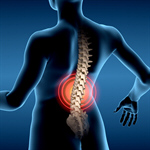
I keep the plaster of paris casts/scans in storage for future use in years ahead or for extra pairs to save swapping over from shoe to shoe. I can make very supportive, slimline for shoes with less space, specific to all sports from training shoes to ballet point shoes.
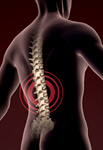

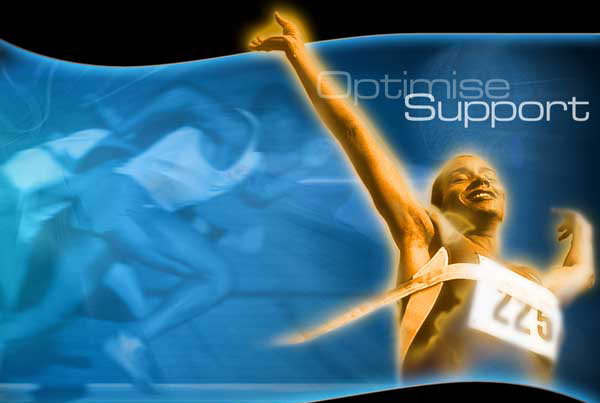
North London Foot Podiatrist Andrew Root - Bespoke Foot Orthotics & Biomechanical Assessments.
Foot podiatry biomechanics involves stopping the feet rolling in or out using bespoke foot orthotics.
Bespoke orthotics correct body alignment and improve shock absorption.
The
orthotics are manufactured in house from the researched best materials available.
I bulk buy the orthotic materials and am pleased to say, have not increased my prices for five years.
I hope to be of assistance to you regarding help with foot orthotics and biomechanical assessments.
detailed podiatry pricing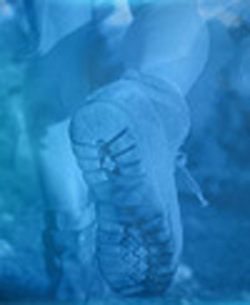
Orthotics are used in the treatment of many body problems such as foot problems like, in rolling feet, (pronation) which is often connected with other pain symptoms such as ankle injuries, knee pains, hip conditions and back pains.
In the assessment I examine the feet in a Podiatrists Biomechancial Assessment, in standing, sitting and non weight bearing positions. I assess the alignment and how the pressure is transferred into the feet, for each leg, into the ankles, knees, hips and back.
The foot orthotics I make are made from scanning or taking plaster molds of each foot to capture the exact shape and fit and are accurate to each foot, ensuring the correct angle and maximum shock absorption.
I am covered for some private insurance policies if they cover for Podiatrists orthotics. Only very few insurance schemes now cover for orthotics. Some will cover for the biomechanical assessment.
I am happy to come out and do a presentation, normally up to one hour, to talk on running techniques and prevention of running sports injuries.
Please bring several pairs of shoes along to the appointment. This indicates both the amount of space within shoes worn and the choice of the materials to be used. The wear marks give indication where pressure is placed when walking and running.
Make an appointment
A Superior Manufacturer of Foot Orthotics. Manufacturing for
Podiatrists and Clients in the UK, with clinics in Leicester and North London.
I use the best materials for both support and shock absorption depending on individual cases. Materials e.g. for sports, running (used by national cricket, rugby, footballers and national athletes) provide excellent shock absorbency and support. For walking I will choose differing densities of materials, more support, more firmness, to suit differing conditions. Very soft forefoot areas if required for the metatarsal heads in the forefeet.
For children I select the best density of material to support but give shock absorbancy at the same time,depending on the weight and how much correction is needed for each foot. I take a plaster mould or scan to accurately make the orthotics to prevent inrolling intoeing, for school shoes and training shoes. Normally they are easily interchangeable from shoe to shoe, or I can make several pairs from the same casts.
I manufacture carbon fibre orthotics too, thinner and lighter than other materials. Specific materials are used for specific conditions.

Carbon fibre orthotic properties. The properties of carbon fibre orthotics enable orthotics made of this material to be thinner, lighter, stronger than other materials. The orthotics are made using carbon fibre impregnated with an epoxy resin or carbon fibre laminated with a thermoplastic.
Due to the inflexibility and hardness however carbon fibre is not recommended for sporting activities. Carbon fibre is not recommended where shock absorption is required (see different densities of thermoplastic). Carbon fibre foot orthotics can be made from a plaster cast of a foot and pressed over the mould, or from a 3D scan then milled from the three-dimensional scan.
See Podiatry prices
Carbon fibre foot orthotics
To produce a carbon fiber, the carbon atoms are bonded together in crystals that are more or less aligned parallel to the long axis of the fiber as the crystal alignment gives the fiber high strength-to-volume ratio (making
it strong for its size). Several thousand carbon fibers are bundled together to form a tow, which may be used by itself or woven into a fabric.

KEVLAR foot ORTHOTICS
Orthotics made of kevlar are made from a carbon fibre derivative which is a mix of carbon fibre and fibres of nomix. Fibres of nomix mixed into the carbon fibre produce differing degrees of flexibility into kevlar orthotics.
Kevlar orthotics are thin light and durable. Kevlar orthotics can be used for sports (see different densities of thermoplastic).
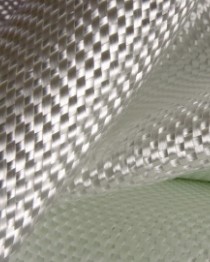
FIBRE GLASS ORTHOTICS
The properties of fibreglass orthotics make orthotics to be light, strong and durable. Due to the hardness of the material they are rarely used for sporting activities and tend to be used where there is a limited space
such as within evening shoe/walking shoe. Fibre glass orthotics may be made from plaster casts of the feet or made from three-dimensional scans of feet.
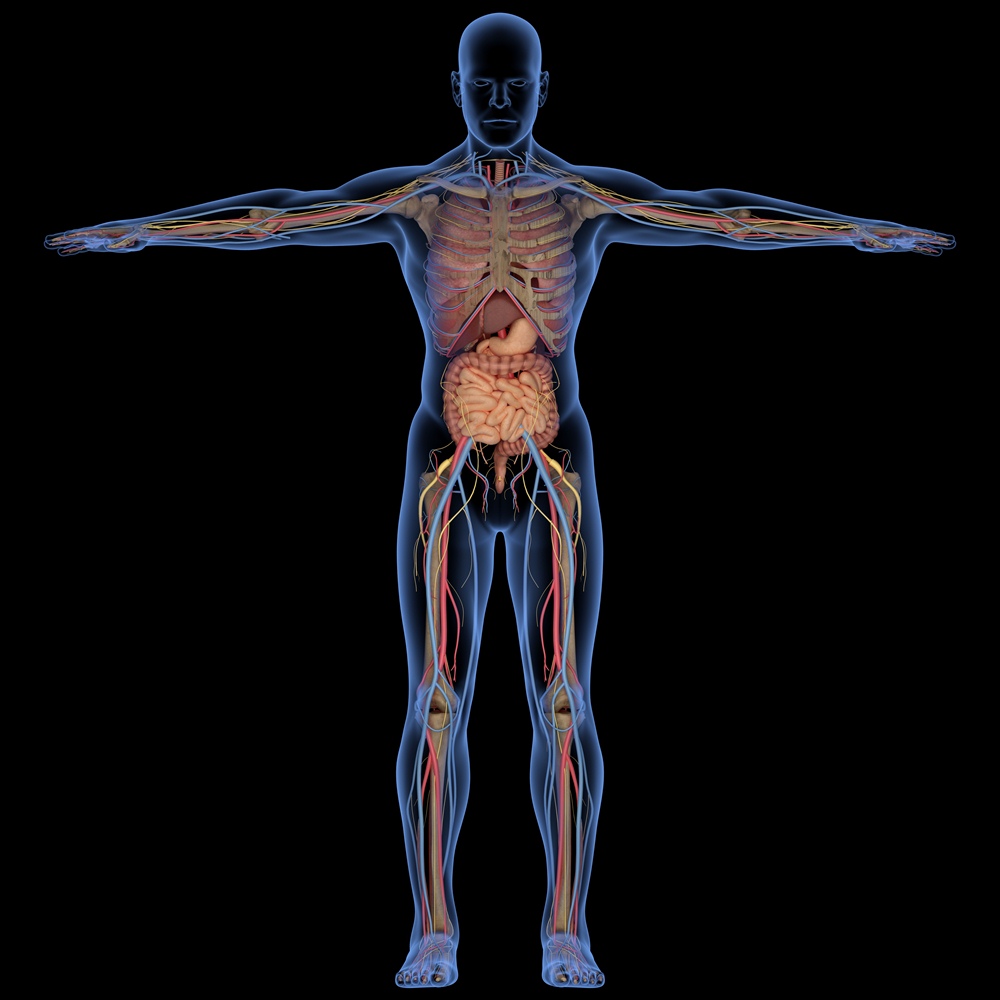
THERMOPLASTIC ORTHOTICS
The properties of thermoplastic orthotics. Thermoplastic orthotics allow for different amounts of shock absorption as required. A lower density of thermoplastic orthotics will allow good shock absorption and cushioning and will reduce the heel strike shock.

THERMOPLASTIC Continued...
For this reason thermoplastics are used particularly for sports and will reduce the forces of running and walking on concrete and tarmac. Thermoplastic orthotics made of a higher density give more support and control of angle from the orthotic and are again used widely for sporting activities.

THERMOPLASTIC CONTINUED...
Thermoplastic orthotics are ideal for training and gym use within training shoes and are also used within walking shoes for cushioning.
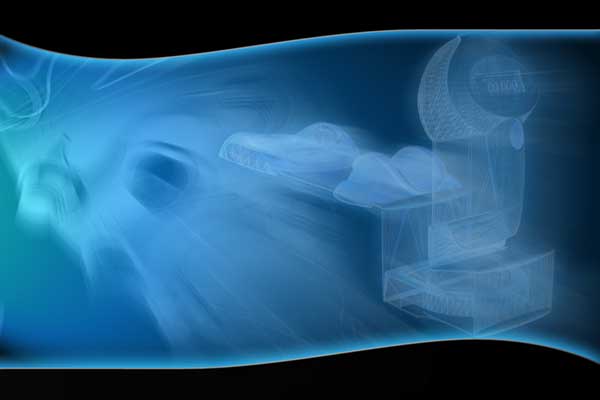
I developed a digitised method of taking plaster moulds and scanning feet, which records accurately to 0.1 degree accuracy the position the foot is in, when the cast or scan is taken. This machine I patented. It considerably improves the accuracy of manufacture of foot orthotics.
See here images of the machine I patented to improve accuracy of measurements for Foot Orthotics.
I am a Biomechanical Podiatrist. I qualified at the "London Foot Hospital". My work is to assess and position the best, most efficient position for both feet, to allow for optimum walking or running positions.
This involves stopping the feet inrolling or out rolling using bespoke foot orthotics. Bespoke orthotics correct body alignment and improve shock absorption
Moulded Orthotics are used in the treatment of many body problems such as, foot problems like, in rolling feet, (pronation) and higher connected problems like, ankle injuries, knee pains, hip conditions
and back pain or injury.
A biomechanical assessment involves assessing both standing, sitting and non weight bearing positions of the joints, in relation to alignment and how pressure is transferred into and through the feet, ankles,
knees, hips and back.
In a consultation I assess both standing, walking, sitting and non weight bearing positions of joints, to find where support is needed.
Register for Podiatry and Dietary Foot Health Tips